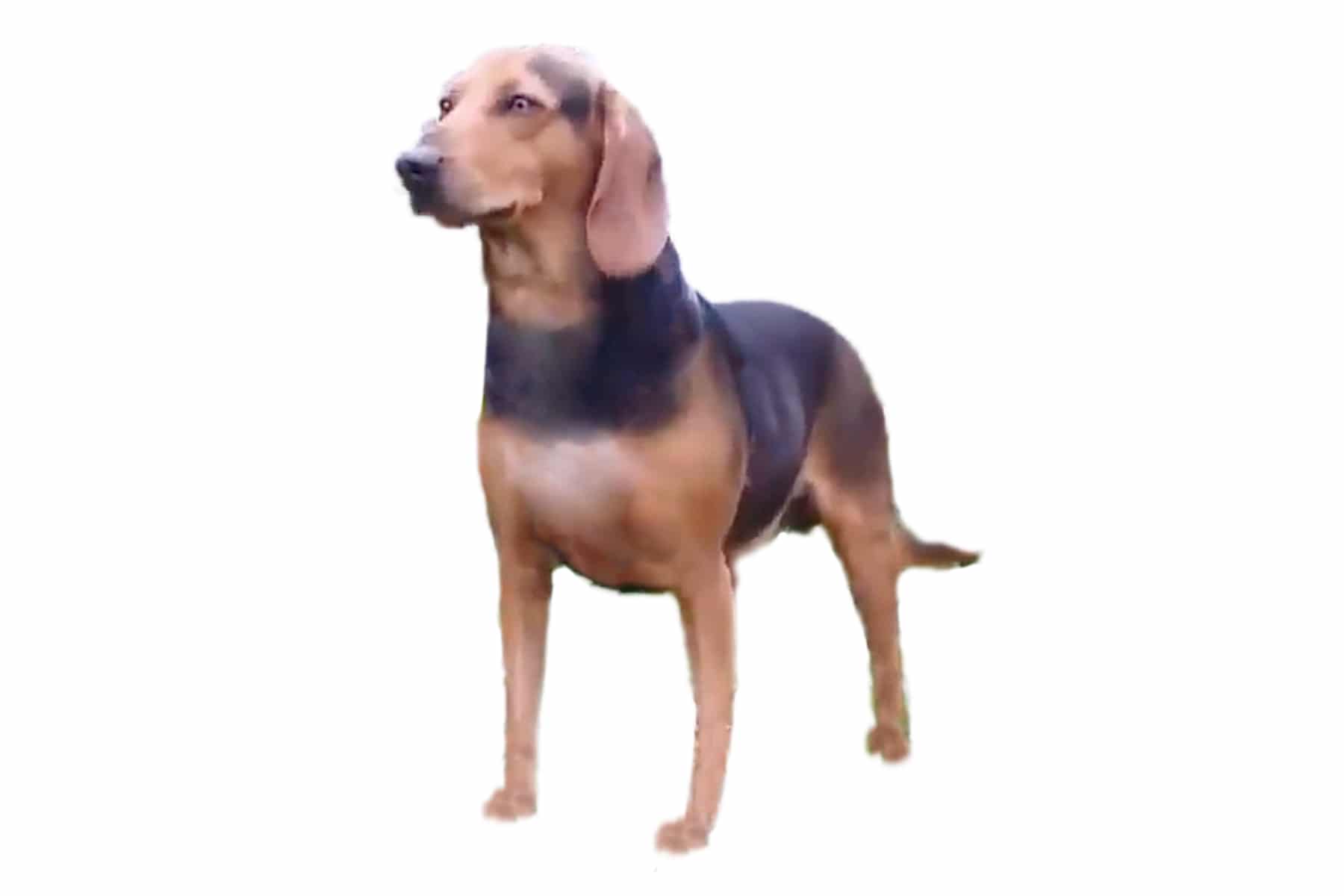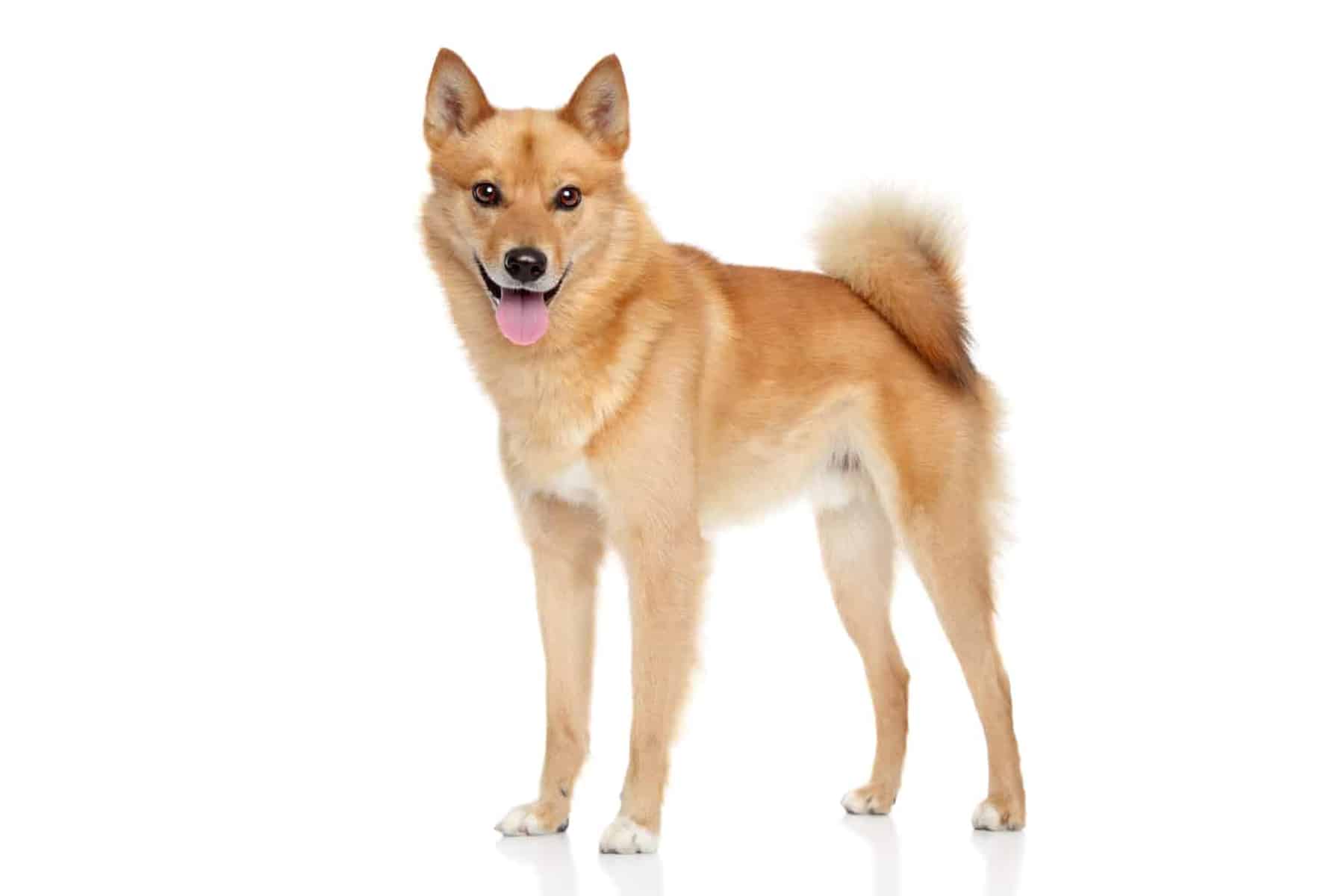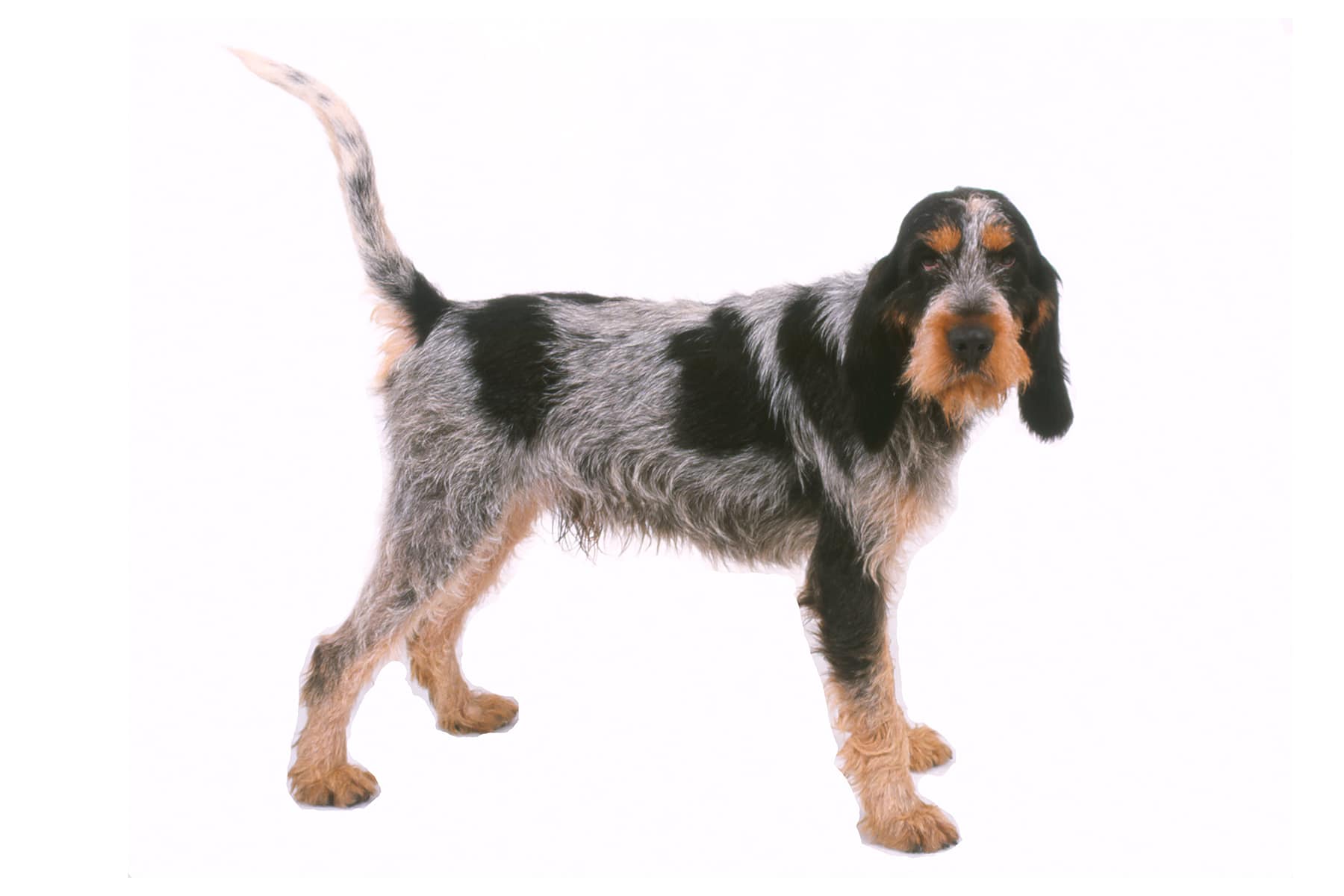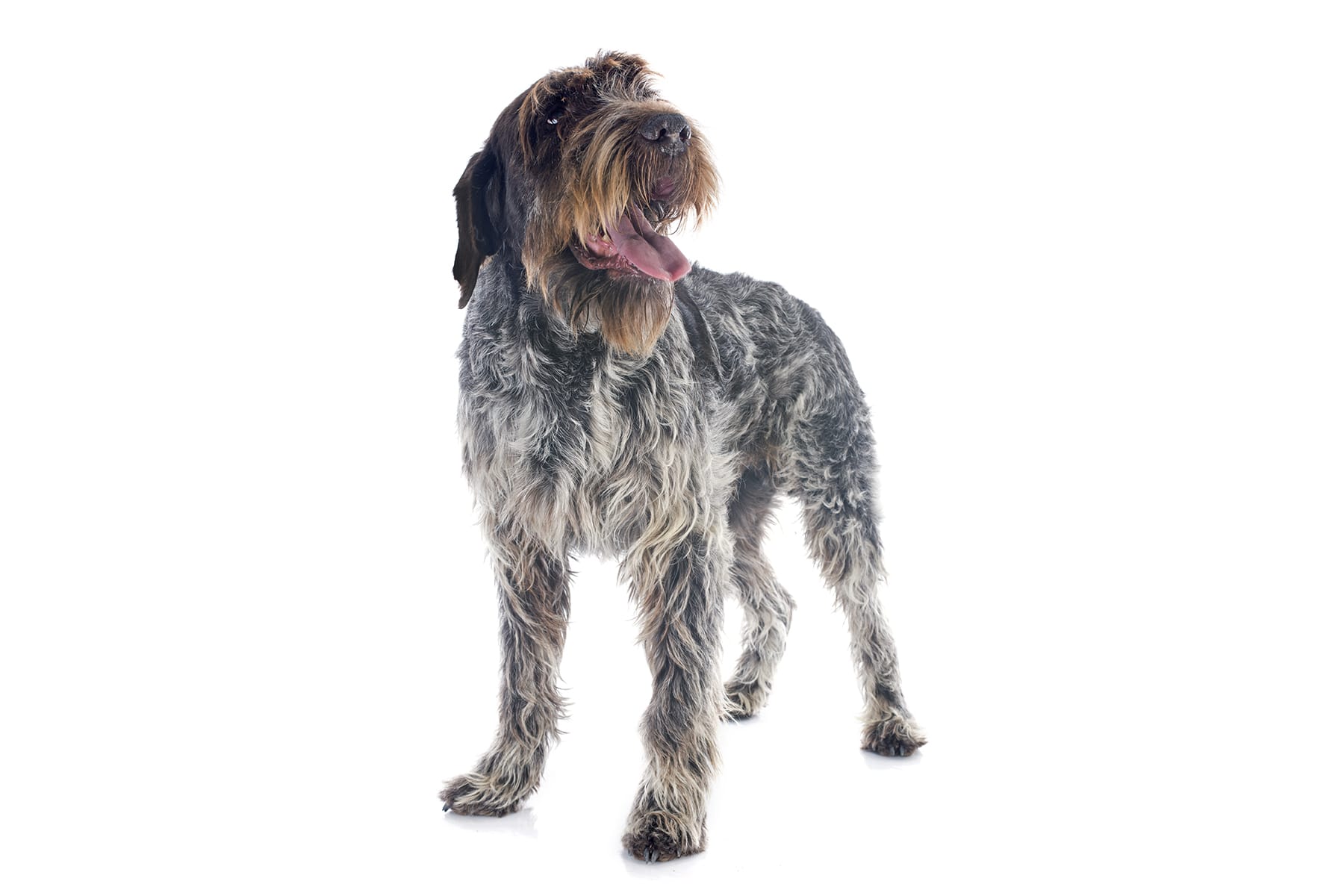Bolognese
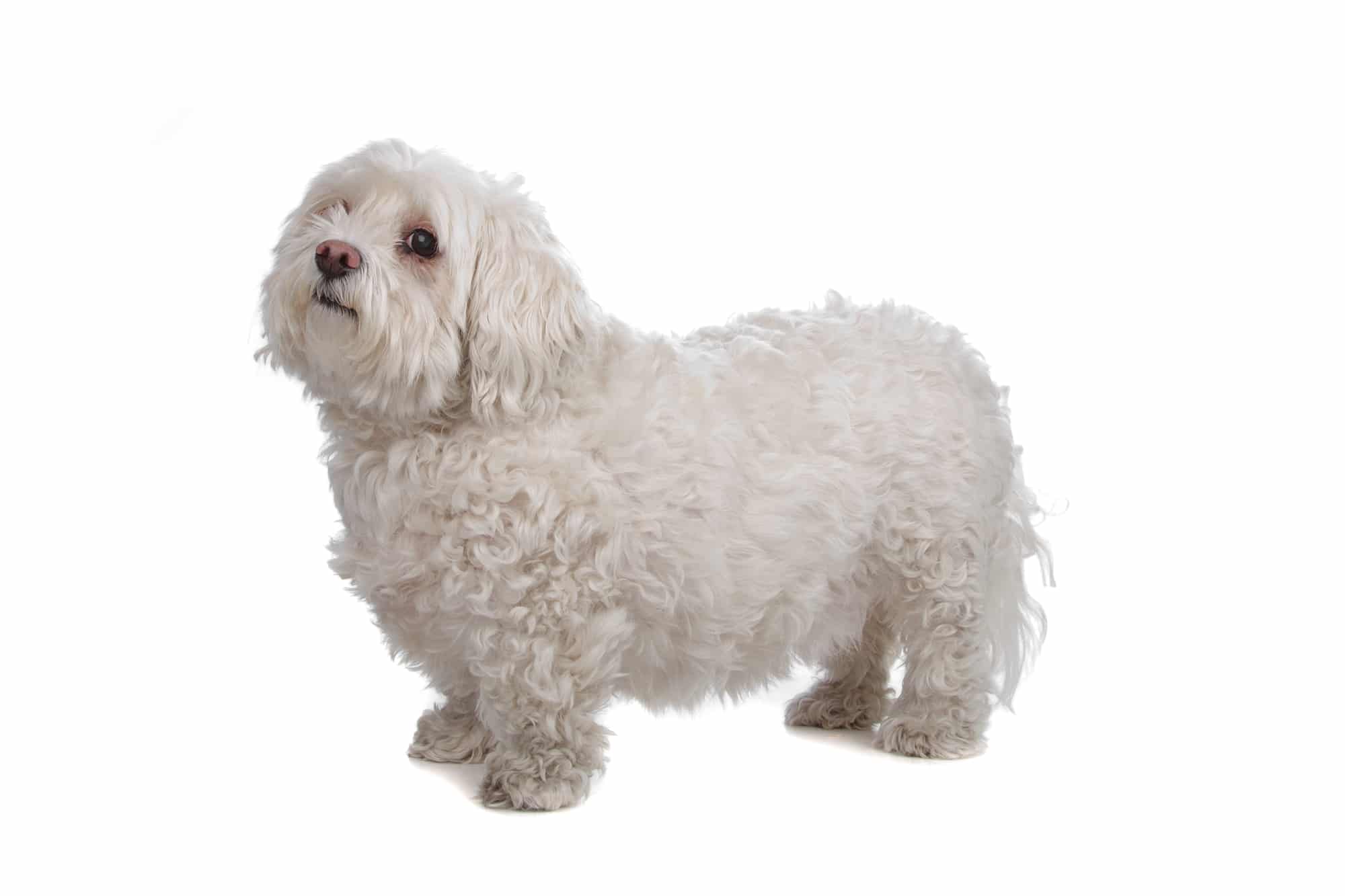
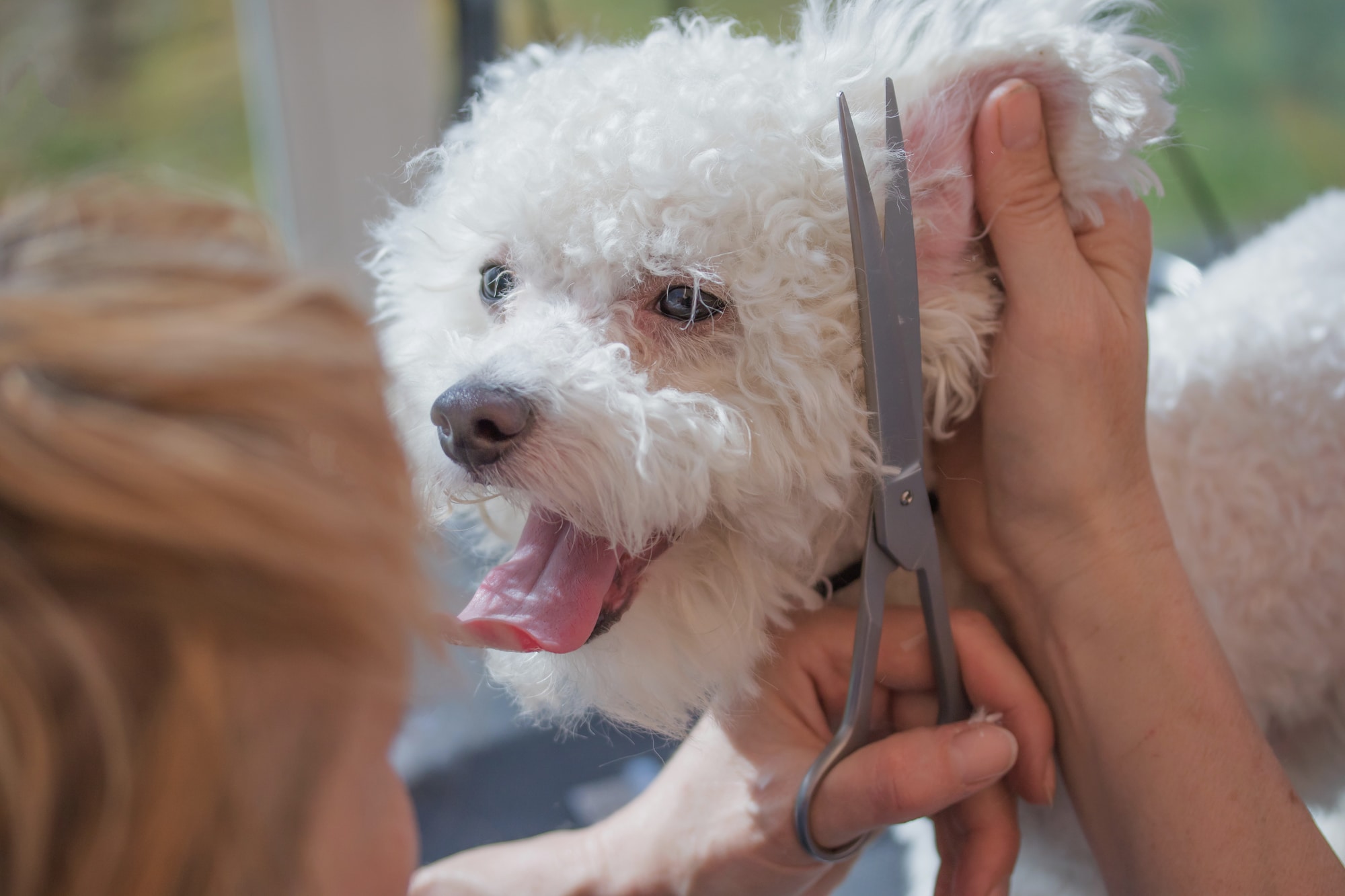

Temperament:
The Bolognese is an FCI-recognized breed in Group 9, Section 1. It is calm, barks little and is ideal for families with children and older people. The Bolognese does not need much exercise and loves to play. As a companion dog, however, it wants to be everywhere and never leaves its owner alone. This docile dog is easy to train. It has a quick grasp of things. This robust animal is characterized by its calm disposition.
Characteristics
The height at the withers of the male dog is 27 to 30 cm. The bitch measures 26 to 28 cm. They weigh between 2.5 and 4 kg and live to an average age of 12 to 14 years. They are social and companion dogs.
The barely hairy coat is fluffy and fluffy and forms almost no fringes. It is soft, not close-fitting and long all over the body. The coat color is pure white to slightly ivory.
The Bolognese belongs to the small breeds. Its body is square. This dog has a rather calm personality and is not very active. Although it likes to play, it is not very suitable for sporting activities.
The cheerful, calm and even-tempered Bolognese is never aggressive. He quickly forms a close bond with his owner and his caregivers. He is affectionate and loyal. He is usually very reserved towards strangers and will bark at them briefly.
Bolognese tend to suffer from separation anxiety. It should therefore not be left alone for too long and is rather unsuitable for full-time employees. The robust Bolognese is not susceptible to disease. There are no known genetically inherited diseases.
As calm and carefree dogs, they are very suitable as companions for pensioners and senior citizens or people who tend to lead a quiet life and are not very active. They are always up for a game, such as playing hide and seek, chasing a rolling ball or learning tricks. They can also feel very much at home in a city apartment. A long, slow walk is enough to keep them moving.
Coat care:
Shedding:
Energy level:
Trainability:
Children suitable:
The right food
Which food is best for your dog depends on your dog's age, weight, activity and sensitivities. The frugal Bolognese is not fussy. It has no special requirements, but can eat until it drops.
Make sure they eat a balanced diet without attractants, flavorings, colorings and preservatives, with a high meat content and sufficient carbohydrates and fiber.
Occasionally you can give him treats. Especially when he has earned praise during training. Treats should be deducted from the basic meal.
Health & Care
The Bolognese's fluffy coat needs regular grooming. Get your dog used to grooming as a puppy. Brush and comb your Bolognese thoroughly once a week. This is necessary daily during the shedding period.
Start at the belly. To do this, lay your dog on its back and work your way forward strand by strand. Then continue with the paws. Start on one side and work your way to the other side. In this way, the dog is combed in sections in all directions and maintains its well-groomed appearance.
Pay particular attention to the areas behind the ears, on the neck, in the armpits and around the buttocks. The fur tangles more easily there. Carefully trim the hair on the pads, eyes and ears regularly with round scissors.
To avoid bags in the white fur under the eyes, thorough eye care is also recommended. Wipe away your dog's tears daily with a damp cloth. This way his face will never look clogged. You can remove dried tears with a special eye cleaner.
Your dog's paws are also part of the daily check-up. Your dog can step on a shard or other foreign object on every walk without realizing it. Dangers for sensitive paws also lurk in the grass. For example, grass mites can cause inflammation between your dog's toes. A daily check of the paws is therefore essential. Claws must be trimmed regularly.
Your dog's ears are very sensitive. Especially with floppy ears, there is a risk of inflammation under the earlobes in the pinna. You should therefore clean the ears with a special ear cleaner. Clean them once a week.
Check your dog's teeth daily for damage and plaque. If you got your dog as a puppy, start brushing his teeth immediately. Then he won't be afraid of the toothbrush. Alternatively, you can give him dental cleaning products to chew on.
Suitable accessories
For the small dog, a light harness is sufficient for the walk. The peaceful dog does not necessarily need a fixed lead. A telescopic leash with a stop function is sufficient and can offer up to 5 meters of freedom of movement.
As the Bolognese requires extensive grooming, you can purchase a dog grooming set. The kits contain everything you need for extensive grooming. They usually also include nail clippers for the claws.
Like every dog, your Bolognese needs a place to retreat to that is all his own. You can find a large selection of dog baskets and dog cushions. Dog dens are also very popular with small dogs. He will be grateful to you if he has a clean and soft place to sleep.
The Bolognese is playful. He loves search games. You should have small balls, soft toys or other play accessories for small play dogs in the house so that your dog has something to do.
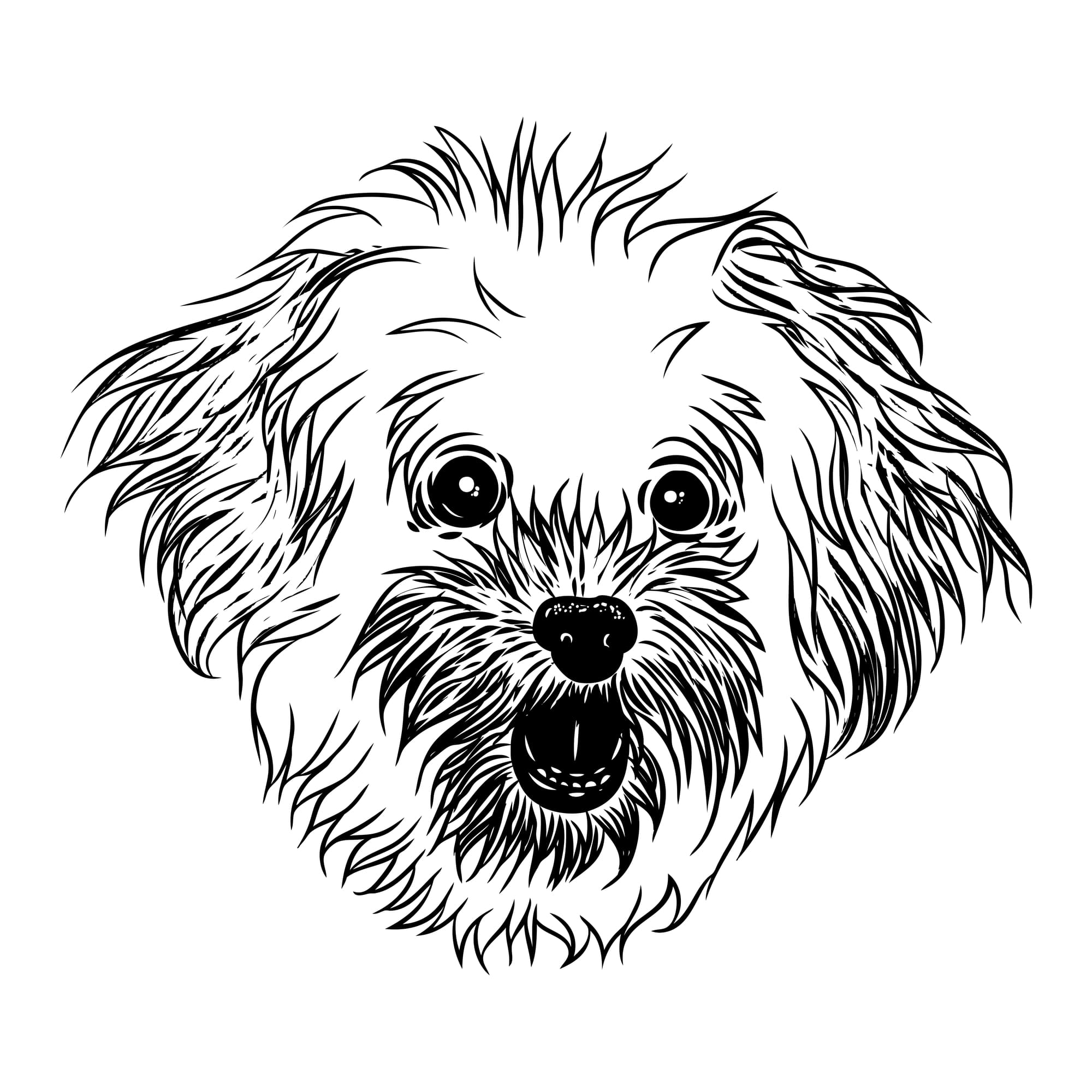
Origin & History
This small dog breed originally comes from Italy. In ancient Rome, it was kept as a luxury dog by high ladies.
Little is known in the literature about the origin of the Bolognese. As with many other small breeds, the Maltese seems to have played a role in the development of the Bolognese. All that is known is that it was already highly prized in the 11th and 12th centuries. He was graceful and beautiful and still is today.
During the Renaissance, it was very popular with the ladies of high society. In 1668, Cosimo de' Medici instructed Colonel Alamanni in Belgium through a royal courier to give away eight small Bolognese in his name to wealthy and influential families in Brussels.
In the 17th century, Catherine the Great in the Russian Empire and Madame Pompadour, the mistress of the French king, also received a Bolognese as a gift.
The Austrian Empress Maria Theresa loved her Bolognese so much that she had it stuffed after her death. Today it is on display in the Natural History Museum in Vienna.
Princess José of Belgium also had a Bolognese. It was a gift from the Italian King Umberto II.
The breed was brought to England by Liz Stannard in 1990 and registered in the herd book for the first time. The breed was first presented at Crufts at the National Exhibition Center in Birmingham in 2002.
